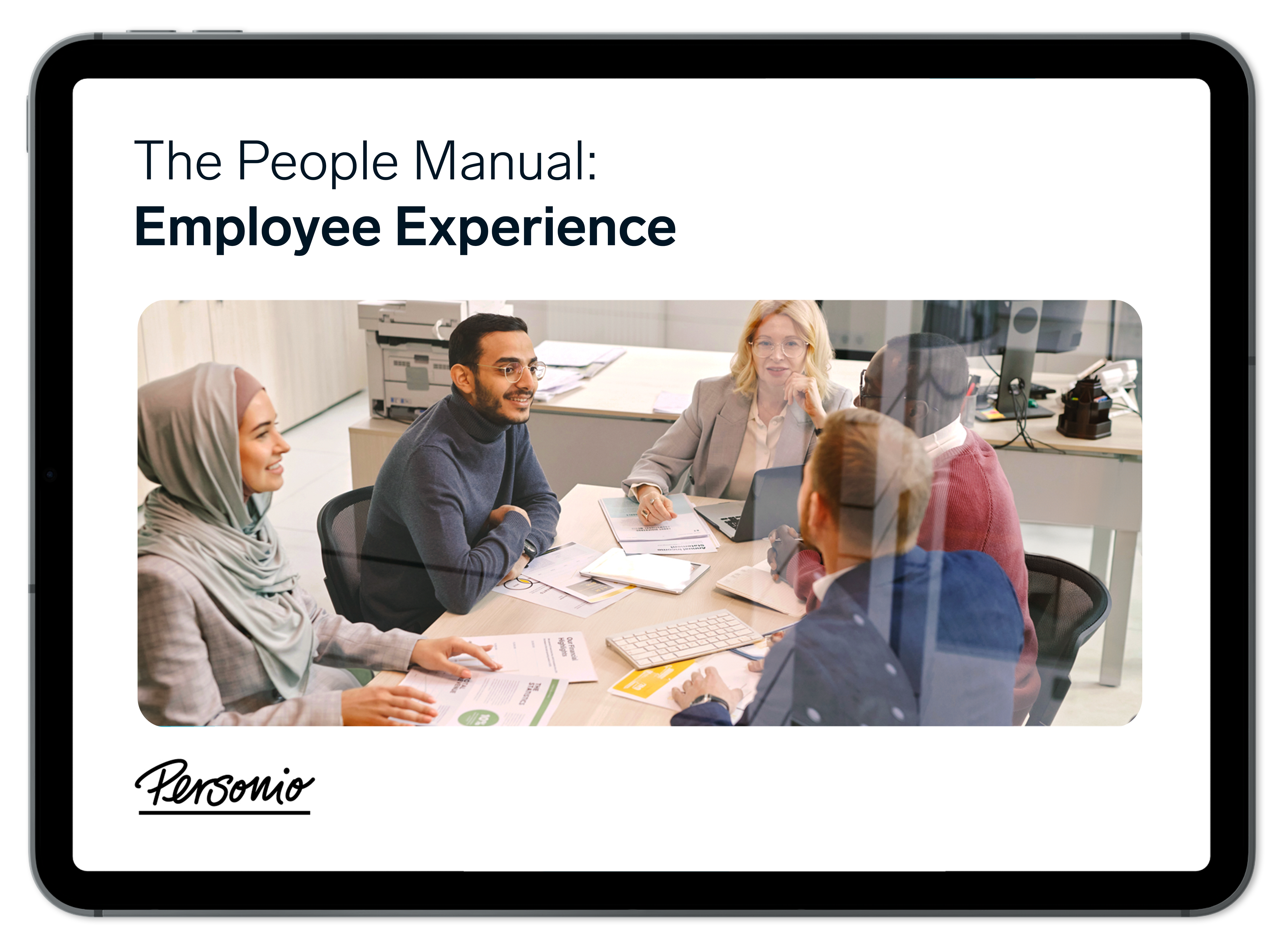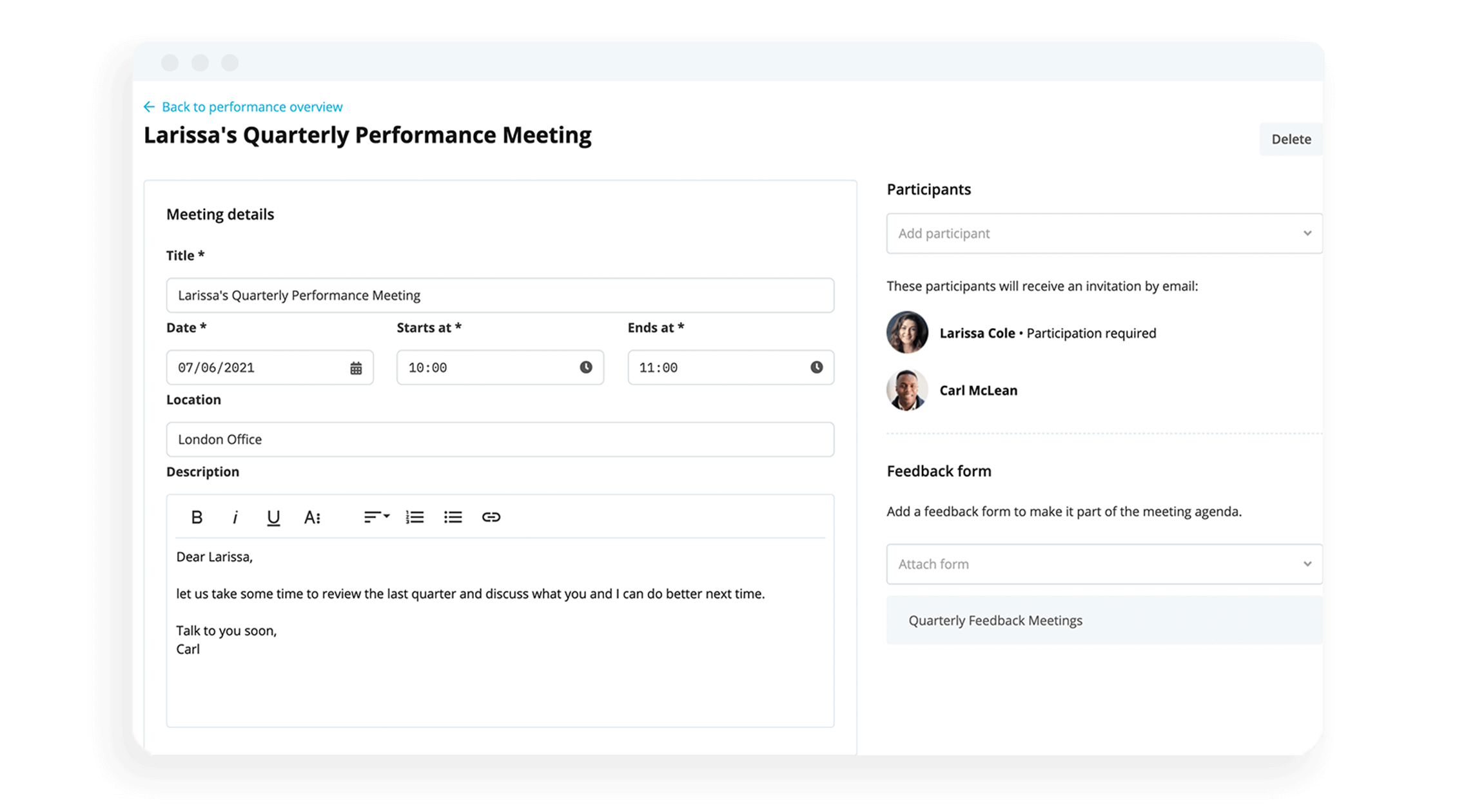8 Models of Communication and How They Work

Effective communication keeps work running smoothly. But, not everyone in the office learns or takes in information the same way. Understanding different models of communication can help everyone at your workplace navigate the flow of conversation for the best outcome.
Key Facts
Communication models can often be divided into three categories: linear, interactive and transactional.
Understanding various models helps you choose the most efficient and effective structure for communication among employees, teams and supervisors.
Feedback is vital to the communication process because it ensures the audience understands the speaker's message.
Contents
- 1What Are Communication Models?
- 2Understanding the Process of Communication
- 3What Are Linear Communication Models?
- 4Four Linear Communication Models
- 5What Are Interactive Models of Communication?
- 6Examples of Interactive Models of Communication
- 7What Are Transactional Communication Models?
- 8Examples of Transactional Communication Models
- 9Different Models of Communication: From Theory to Practise
- 10Frequently Asked Questions about Communication Models
- 11The Power of Communication
What Are Communication Models?
Communication models are ways for us to understand how we communicate with one another, whether based on content, tone, delivery or anything else. They can improve social settings by providing rough guidelines for navigating conversations.
These models are designed to acknowledge the complexity of various social situations and how to communicate a message effectively. There are three sub-categories at play here: linear, interactive and transactional models.
Understanding the Process of Communication
Most conversations follow the same series of steps, although each interaction will likely vary. No matter which communication model is best for your team, the five below will play a role.
1. Develop an Idea
Most conversations start with an idea the speaker intends to share with their audience. This initial stage in the communication process allows you to solidify what you aim to achieve with the interaction. Additionally, it allows you to consider how the listener may respond to your words and make any refinements to best achieve your goal.
2. Encode the Thought
Once an idea is clear in the speaker's mind, they must convey it through words, body language, symbols and actions. It’s not as simple as writing down your thoughts as they come to you. Every person in your workplace interprets information a bit differently based on their backgrounds and unique experiences. It is essential to encode the message in a way that is understandable to the broadest number of people.
3. Choose the Appropriate Communication Channel
Here, the speaker chooses a fitting line of communication to best share their ideas with the intended audience. There are plenty of mediums to choose from, but they’re generally divided into three categories: verbal, non-verbal and virtual.
For example, giving employee feedback through email is usually inappropriate because it does not let them ask follow-up questions, nor can the reader pick up on the tone of your voice. A one-on-one meeting is often a better fit for this situation.
4. Interpret the Message
Once the speaker's audience receives the message, they take in the information and evaluate it through their own unique lens. The more clearly the speaker can deliver their ideas, the less room for misinterpretation.
5. Gather Feedback
The speaker shouldn’t assume their message was fully understood. Gathering feedback helps identify and correct miscommunications before they possibly cause issues in the workplace.
What Are Linear Communication Models?
This sub-category of communication models depict social situations that take place in only one direction. This means the audience receives information but can’t directly respond to the person delivering the information.
Introduce 360 degree feedback into your organisation with Personio

Personio's all-in-one HR software offers a 360 degree feedback feature for continuous feedback. Employees are empowered to request feedback, give feedback and managers can even ask for feedback as part of performance cycles. Learn more today.
Show me how it worksFour Linear Communication Models
1. Aristotle’s Model
This model dates back to 300 BC, making it the oldest communication style on this list. It is specifically designed to improve public speaking. It treats the speaker as the active member of the interaction while the audience remains passive.
In Aristotle’s model, there’s a speaker who delivers a speech to an audience, and then speech has an effect on that audience. The model calls for analysis of five key elements to determine the best way to communicate with the receiver: speaker, speech, occasion, target audience, and effect.
The Aristotle model also defines three traits that help improve communication:
Ethos. The speaker's credibility — are they an expert in what’s being discussed?
Pathos. The audience's emotional connection to the topic — do they care about what you’re speaking about?
Logos. The logic behind the speech — does what the speaker says make sense?
In the workplace, Aristotle’s model could apply to an annual company-wide address given by the CEO. In this example, the speaker is the CEO, their speech is the remarks they deliver, the occasion is the annual company-wide address, the target audience are employees and the effect is what employees take away from the speech.
2. Shannon-Weaver Model
The Shannon-Weaver Model has been widely influential since its development in 1948 by mathematicians Claude Shannon and Warren Weaver. While the model was initially created to help their engineering projects, the pair insisted that their theory also applied to human communication.
This model breaks down the communication process into five key components: a sender, an encoder, a channel, a decoder, and a receiver. The model also highlights the possibility of “noise” that may interrupt the message and lead to misinterpretation.
In the workplace, the Shannon-Weaver model can apply to a team meeting where a manager is giving instruction on a new project. The sender is the manager, the encoder is the oral delivery of the message, the channel is the meeting, the decoders are the team members’ brains and the receivers are the team members themselves. The noise in this example could be a misspoken objective or a literal noise causing receivers to mishear a word.
3. Lasswell’s Model
This model focuses on mass communication and measures the effect that the message delivered had on the audience. It defines “effect” as a measurable change listeners undergo due to the communication in question. Here, those elements are:
Communicator. Who created the message?
Message. What did the communicator say?
Medium. What channel did the communicator use to deliver the message?
Audience/Receiver. Who did they say their message to?
Effect. How did the message change the audience?
Answering the first four questions helps determine the answer to the fifth while providing a simple way to analyse the message's effectiveness. Additionally, if any of the previous elements of communication change, then the message's effect on the audience will likely change as well.
In the workplace, Lasswell’s model can be utilised to communicate a change in company travel policy. In this case, HR would be the communicator, the message would be the policy change and the medium could be a combination of email, memos and a meeting. Employees are the audience and the effect would be how well they understood the policy change.
4. Berlo’s S-M-C-R Model
Unlike its peers, the Berlo model only has four steps but goes into more detail about each. This model takes into account a large number of factors that can affect how the recipient understands a message. Berlo's S-M-C-R model breaks down the elements of communication like this:
Source. The source is influenced by communication skills, attitude, knowledge, social system and culture.
Message. The message is influenced by structure, content, treatment of the subject matter and how it’s conveyed.
Channel. The channel is influenced by sight, sound, touch, smell and taste.
Receiver. The receiver is influenced by communication skills, attitude, knowledge, social system and culture.
What Are Interactive Models of Communication?
Interactive models represent conversations where the sender deliver information and the receiver is expected to respond. Examples of interactive communication in the workplace are an informal email exchange or a call between two co-workers.
Examples of Interactive Models of Communication
1. The Westley and Maclean Model
The Westley and Maclean model emphasises how background, culture and personal belief can influence an interaction. It also considers the broader social context, examining how sensory components of the immediate environment can affect the sender and receiver’s perspectives.
The nine elements of the Westley and Maclean communication model are:
Environment. The communication process starts with something in the immediate environment motivating someone to create and send a message.
Sensory experience. People experience their environment through the five senses, further shaping the message and motivating the speaker to send it out.
Source/Sender. This is the person who sends the message. A source can be someone talking to a friend or a public speaker addressing a crowd.
The object of the orientation of the source. This is the background and personal beliefs of the speaker. The model examines this to help determine how subjective experiences can affect how a message is delivered.
Receiver. This is the person or people who get and interpret the message.
The object of the orientation of the receiver. This is the background and personal beliefs of those receiving the message. Receivers interpret and internalise the message through their own lenses.
Feedback. The receivers respond to the speaker's initial message, which could, in turn, encourage the sender to create another message. The Westley and Maclean model stresses feedback's importance because the loop advances conversations.
Gatekeepers. Common in mass communication channels, gatekeepers are people or programmes that edit the message before it is passed to the audience.
Opinion leaders. This term refers to influential people within the speaker's environment who may have affected the message's contents.
2. Osgood-Schramm Model
The Osgood-Schramm conversation process does not recognise a difference between the sender and receiver. Instead, it depicts both parties as encoding and decoding messages simultaneously while providing feedback just as quickly. According to the model, this creates reciprocal and synchronous interpersonal communication — just like in a face-to-face conversation with a colleague.
Four principles make up this conversation process:
There are three steps in communication. Encoding, decoding and interpretation are all equally important and occurring at the same time in this model.
Communication is circular. There isn’t one set encoder or one set decoder. Both parties in the conversation switch rules throughout.
There’s equal participation and reciprocation. There’s a good balance between who’s encoding and who’s decoding at any given time.
Interpretation is required. To fully understand what’s going on, all conversation participants have to interpret what’s being communicated.
What Are Transactional Communication Models?
Transactional communication theories and models depict two-way communication processes that offer immediate feedback within a social situation. Rather than one person encoding a message and delivering it to an audience for interpretation, communicators work together to create the message's meaning.
Examples of Transactional Communication Models
1. Barnlund’s Transactional Model
The Barnlund model depicts a communication process where both the sender and receiver are responsible for the efficacy of the message. The receiver’s feedback is also their reply to the sender’s initial message, creating a multi-layered conversation.
According to this model, the main components of communication are:
Encoding a message
Decoding a message
Communicators in the conversation
The message being delivered
The channel through which the message is delivered
Additionally, this model highlights how “cues” can influence a conversation. There are three types of cues in this model.
Public cues are influences in the immediate environment
Private cues are an individual's background and personal thoughts
Behavioural cues take body language, tone of voice and similar into account
2. Dance’s Helical Model
Dance’s Helical Model represents communication as an increasingly complex spiral. Social interaction is at its most complex here because this model considers it dynamic, non-linear, evolutionary and continuous.
For example, a conversation between two strangers starts at the bottom of the spiral because that is where the interaction is at its simplest. But, as messages are exchanged and interpreted, each participant builds on the knowledge they learn from the other, influencing the next thing they say. The participants move up the spiral as each cycle of messages makes them more familiar with each other and less formal.
In the workplace, a Dance’s Helical Model is more applicable to someone who is gaining experience and learning more as their time in a workplace goes on. Their tenure starts with simple questions and basic transactions between co-workers. With several years of experience under their belt, they can bring nuance like experience, first-hand company knowledge and interpersonal dynamics into the conversation to improve how messages are delivered and received.
Different Models of Communication: From Theory to Practise
Leveraging the right communication model avoids misinterpretations and costly errors in your operations. Understanding each communication model is an excellent first step; the next is figuring out which one is most effective for the scenario at hand. To determine the best one for you, consider the following:
Determine a goal. What effect do you want your messages to have once they reach the recipient? Do you want to start a conversation, provoke a specific action or simply inform a group of people about a deadline?
Identify the target audience. Who’s getting the message? Is the communication model set up to communicate information with leadership or with employees? How many people are you talking to at once?
Pick a medium. What is the best way to communicate information to the target audience? Can you convey your meaning in writing or is an in-person conversation better? Do you need visuals to help deliver your message?
Develop your message. How complex does your message have to be to get the meaning across? The audience is also important here because you should adapt the contents of your message to their understanding of the subject matter.
Frequently Asked Questions about Communication Models
What Are the Different Communication Models?
Communication models can be broken into three sub-categories:
Linear communication models like:
Aristotle’s Model
Shannon-Weaver Model
Lasswell’s Model
Berlo’s S-M-C-R Model
Interactive communication models like:
The Westley and Maclean Model
Osgood-Schramm Model
Transactional communication models like:
Barnlund’s Transactional Model
Dance’s Helical Model
What Are the 8 Elements of a Communication Model?
The eight elements of the communication model are:
Source
Message
Channel
Receiver
Feedback
Environment
Context
Interference
What Are the Four Major Parts of the Model of Communication?
The four major parts of all communication models are:
Encoding
The Communication Channel
Decoding
Feedback
Which Is the Most Effective Model of Communication?
Transactional communication models are often the most efficient within the workplace because there’s no delay between receiving the message and getting a response. However, what’s best for your workplace or team may differ depending on your goals.
The Power of Communication
The most effective workplaces have clear lines of communication. Understanding and implementing the right type of communication helps everyone stay on track and work toward the same goal.
Streamline employee performance and feedback with Personio’s help. Speak with an expert today to discuss your top HR challenges and how our software can solve them.
Disclaimer
We would like to inform you that the contents of our website (including any legal contributions) are for non-binding informational purposes only and does not in any way constitute legal advice. The content of this information cannot and is not intended to replace individual and binding legal advice from e.g. a lawyer that addresses your specific situation. In this respect, all information provided is without guarantee of correctness, completeness and up-to-dateness.

